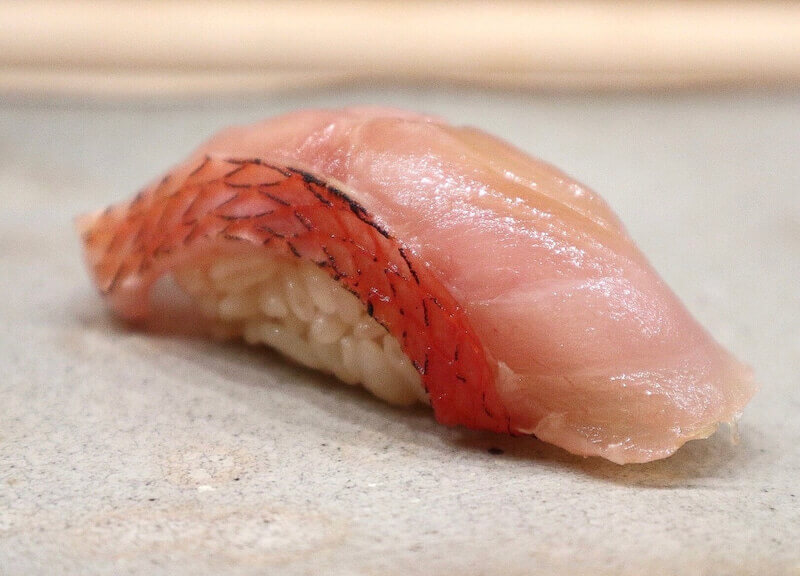 No one is more sensitive to the changing of the seasons than sushi lovers. This must be because the taste of sushi toppings is directly tied to the seasons. There are terms to describe this such as Hashiri (early season), Sakari (in-season), and Nagori (late season). In Japanese culinary tradition, these three terms capture the evolving flavors of seasonal ingredients. Recognizing where a sushi topping stands within this cycle allows diners to appreciate not just its taste, but its fleeting character.
No one is more sensitive to the changing of the seasons than sushi lovers. This must be because the taste of sushi toppings is directly tied to the seasons. There are terms to describe this such as Hashiri (early season), Sakari (in-season), and Nagori (late season). In Japanese culinary tradition, these three terms capture the evolving flavors of seasonal ingredients. Recognizing where a sushi topping stands within this cycle allows diners to appreciate not just its taste, but its fleeting character.
There is nothing that says a sushi topping is less delicious because it has a lower fat content. For example, everyone wants to get in there and be the first to eat early season (走り) toppings. It’s obvious that these would all be toppings with leaner profiles. But early-season toppings have a liveliness that you can’t find in other foods, and some believe that eating these types of food will give you new vitality.
Once a fish is in peak-season (さかり又は旬), we eat it as sushi. This is because the fish has grown as it approaches breeding season, gradually gaining more fat, and at this stage in its development it has a richer flavor.
And the ‘late season (名残)’ perhaps means that since the season is about to end, we need to get our fill now. While we may feel a bit sad that the season is ending, we can look forward to it coming around again the next year.
On the other hand, there are sushi toppings that don’t seem to fit into the seasons, although the seasonal dishes are one of the important reasons that Japanese food was registered under UNESCO World Heritage.
Those are deep sea fish such as Largehead hairtail, Japanese bluefish, Pollack and Splendid alfonsino.
Deep sea fish live at least 200 m below the surface of the ocean. For example, Splendid alfonsino lives at a depth of between 100 to 800 m deep, so it would generally be thought of as in-season in the winter when it has the highest fat content. However, except just before and after spawning season, the flavor of the Splendid alfonsino doesn’t change much throughout the year. Therefore, even high-end sushi restaurants always keep it in the topping case and it’s a popular choice.
Therefore, Splendid alfonsino is never actually “in-season”.
Since very little light reaches the deep sea, the water temperature remains more or less constant. In other words, there aren’t really seasonal (temperature) changes. The concept of season may not exist there.
Even so, you can think of it as especially delicious in the winter between December and February, when it has a higher fat content. Otherwise you might start to think of it as a fish that is “in-season” all year round, like salmon, and that just doesn’t feel quite as splendid.
Related contents: What is Kinmedai?
[sc_apply url=”https://sushiuniversity.jp/apply/”]
